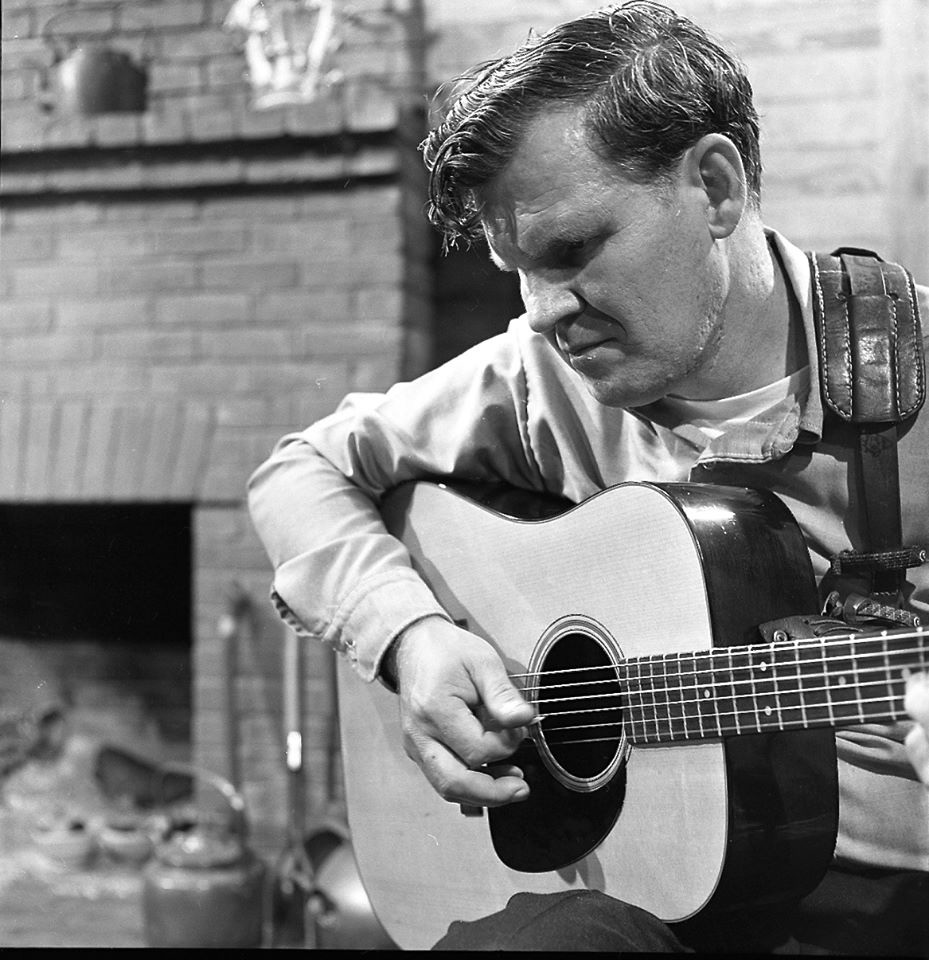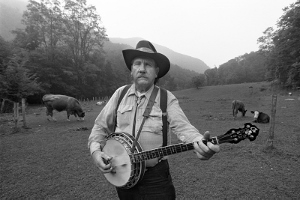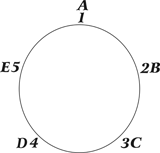By Wayne Erbsen
By now you’ve learned to play a few tunes on the mandolin. You know some of your basic chords, and you’d love to be able to play with other musicians in a jam, but you’re “chicken.” That’s because up to now, you’ve just been playing by yourself in the closet, so to speak.
Well, it may be time to walk proudly out of the closet and into the limelight. Or, on the other hand, you may need to go deeper into your closet, pulling a coat down over your head (just kidding).
Let’s take this little






